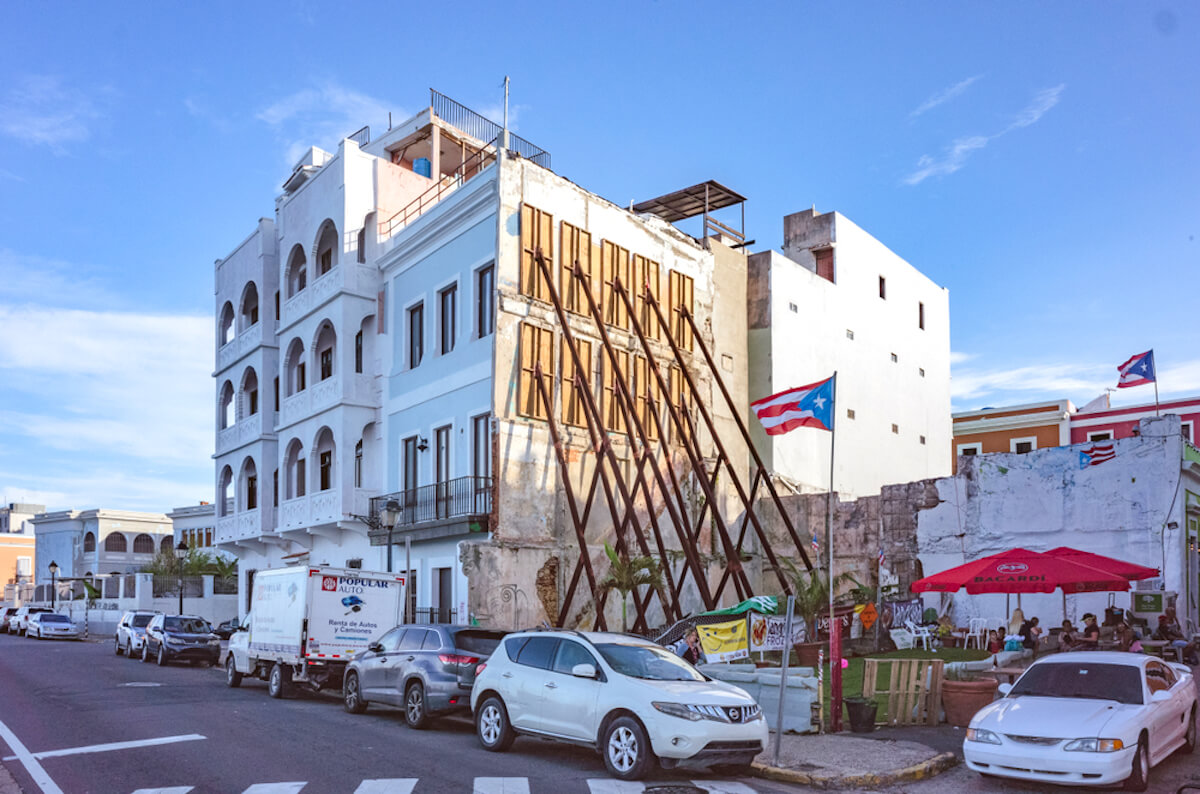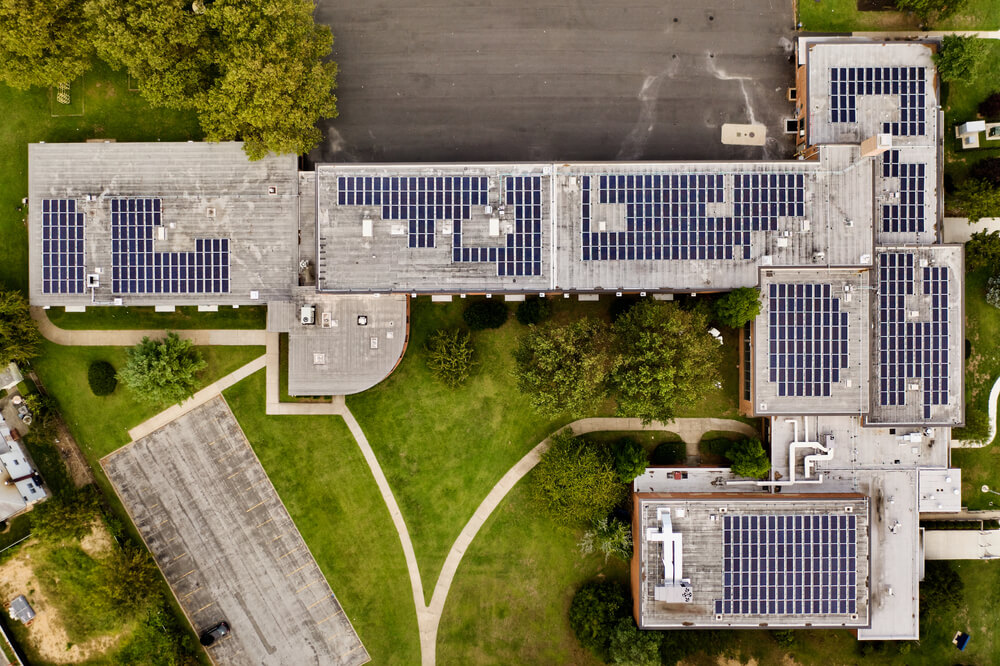Over 95 million Americans live in low-to-moderate income communities across the US. These disadvantaged and financially underserved communities often suffer the most during economic downturns and face great risks from climate change. To address these disparities and lack of access to financial services, we estimate there are approximately 3,000 mission-driven financial institutions (MDFIs) serving Americans living in these communities. These include minority depository institutions (banks and credit unions), Community Development Financial Institutions (banks, credit unions, and loan funds), and low-income credit unions.
A new wave of government funding creates an unprecedented opportunity for mission-driven lenders to expand economic opportunity and advance climate justice in disadvantaged and underserved communities. The government is investing over $20 billion in grants and subsidized capital from the Emergency Capital Investment Program, or ECIP, and the Greenhouse Gas Reduction Fund, the so-called national green bank, into or through community lenders to speed the economic recovery of their communities from the impact of COVID-19 and to promote climate justice.
But for community lenders to capitalize on this historic opportunity to grow their balance sheets and invest in their local economies, they will need to leverage this government funding with deposits and long-term private debt. Based on historical leverage levels for the sector, we believe mission-driven financial institutions will need to raise over $150 billion in private capital over the next four to six years to fully leverage U.S. Government investments.
Impact capital
The current limited availability of private capital for community lenders is already restricting their ability to leverage these U.S. Government investments into larger loan portfolios and greater access to capital. At the Emergency Capital Investment Program’s onset, it was expected that $9 billion in capital investment would result in over $90 billion of additional lending to disadvantaged and underserved communities. Two years into the program, we estimate that 15% of the program’s funding has been deployed.
Emergency Capital Investment Program participating banks and credit unions have faced increased challenges to raise private funds and deposits to support their lending as the Fed raised interest rates. In our view, community lenders will face a similar challenge in deploying the U.S. government grants for lending to promote climate justice. $6 billion of Greenhouse Gas Reduction Fund funds will flow directly to community lenders who will be expected to leverage those funds into climate finance.
Impact investors seeking to support economic opportunity and climate justice in the US could be a good match for these financing needs. Contrary to the perceived high risk of serving disadvantaged and underserved communities, MDFIs have a track record of generating stable risk-adjusted returns which may not be compelling on their own, but when combined with clearly measured impact on financial inclusion, economic development, and climate could fit the investment goals of a range of impact investors.
To tap into impact capital, MDFIs need to demonstrate that they are not only able to deliver for their communities, but also use standardized impact measurement and management approaches to capture and communicate that impact. ECIP and GGRF reporting requirements are setting expectations around what impacts investors should anticipate MDFIs to generate.
Measuring outcomes
The Quarterly Supplemental Report required for ECIP reporting is a big step towards sector-wide, standardized reporting on lending outputs and economic outcomes. GGRF will further challenge MDFIs to integrate standard climate metrics into their data systems. By making strategic investments in impact measurement and management now, MDFIs can leverage their involvement with ECIP and GGRF to build measurement systems grounded in credible data systems that can mobilize capital from impact investors.
The good news is that MDFIs do not have to build this on their own. There are good practices and data standards developed by the impact investing industry which meet their needs, including the Operating Principles for Impact Management, IRIS+ indicators and the Five Dimensions of Impact reporting framework. And MDFIs can make a clear link between their lending and SDGs relating to economic inclusion, access to finance, and climate change.
Nor does data collection need to be expensive. There is much that they can report using existing operational data systems, and opportunities to use available secondary data sources to reduce the cost of additional data collection.
For MDFIs that make the effort to build impact measurement and management systems, they have the potential to combine greater access to federal funding with more private capital, allowing them to grow their institutions and their impact on the communities they serve.
Hana Freymiller is Chief Impact Officer and Neil Gregory is Senior Advisor at West Potomac Capital, an alternative asset management firm focused on impact investing in MDFIs. We go in depth on how data will drive capital to MDFIs in our paper.











